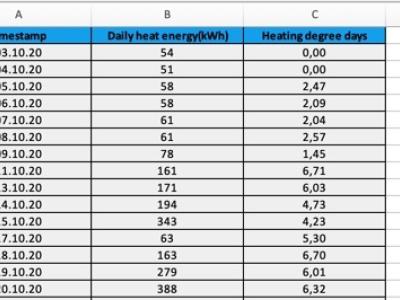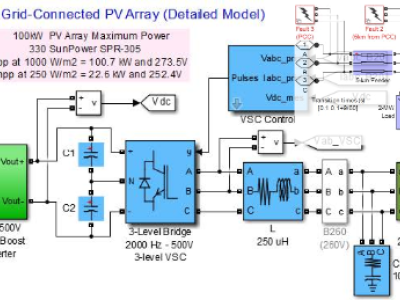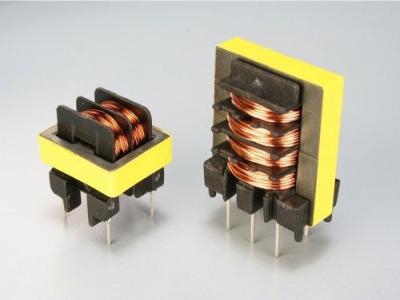Heat energy

- Citation Author(s):
-
Mayank Ramteke (perto GmbH)
- Submitted by:
- Mayank Ramteke
- Last updated:
- DOI:
- 10.21227/rs2z-zz54
- Data Format:
 212 views
212 views
- Categories:
- Keywords:
Abstract
Heating in a building involves generating and distributing heat to maintain a comfortable indoor temperature. Here's an overview of how heating works in a building:
1. **Heat Generation**:
- A heat source, such as a boiler, furnace, or electric heating element, produces heat energy. This source is typically fueled by natural gas, oil, electricity, or another energy source.
2. **Heat Transfer**:
- The heat generated is transferred to a medium, often water or air, through a process like combustion, electrical resistance, or heat exchange.
3. **Distribution**:
- In a water-based system, hot water is pumped through pipes to radiators or underfloor heating systems. In an air-based system, warm air is circulated through ducts to various rooms.
4. **Radiation and Convection**:
- Once the heat is in the room, it radiates out from the radiators or heating elements, warming nearby surfaces. Additionally, warm air rises, creating convection currents that help distribute heat throughout the space.
5. **Thermostat Control**:
- A thermostat monitors the indoor temperature. When it detects a drop below the set temperature, it signals the heating system to start generating more heat.
As for calculating heat energy, it involves understanding the principles of heat transfer and the specific characteristics of the building:
1. **Heat Load Calculation**:
- This involves determining the amount of heat energy required to maintain a comfortable temperature inside the building. Factors include the outdoor temperature, insulation levels, building materials, windows, and occupancy patterns.
2. **Specific Heat Capacity**:
- This property quantifies how much heat energy is needed to raise the temperature of a substance. For example, water has a specific heat capacity of about 4.18 Joules per gram per degree Celsius.
3. **Heat Transfer Equations**:
- Different equations are used depending on whether conduction (direct contact), convection (movement of fluid), or radiation (electromagnetic waves) is the dominant mode of heat transfer.
4. **Efficiency Considerations**:
- The efficiency of the heating system affects how much energy is actually used to achieve the desired level of comfort.
Remember, these are simplified explanations, and actual calculations can get quite complex, often involving computer modeling and simulation for precise results. It's also important to consider local building codes and standards when designing or upgrading a heating system.
Instructions:
File contaiins timestamp and heat energy consumption for respective day.








